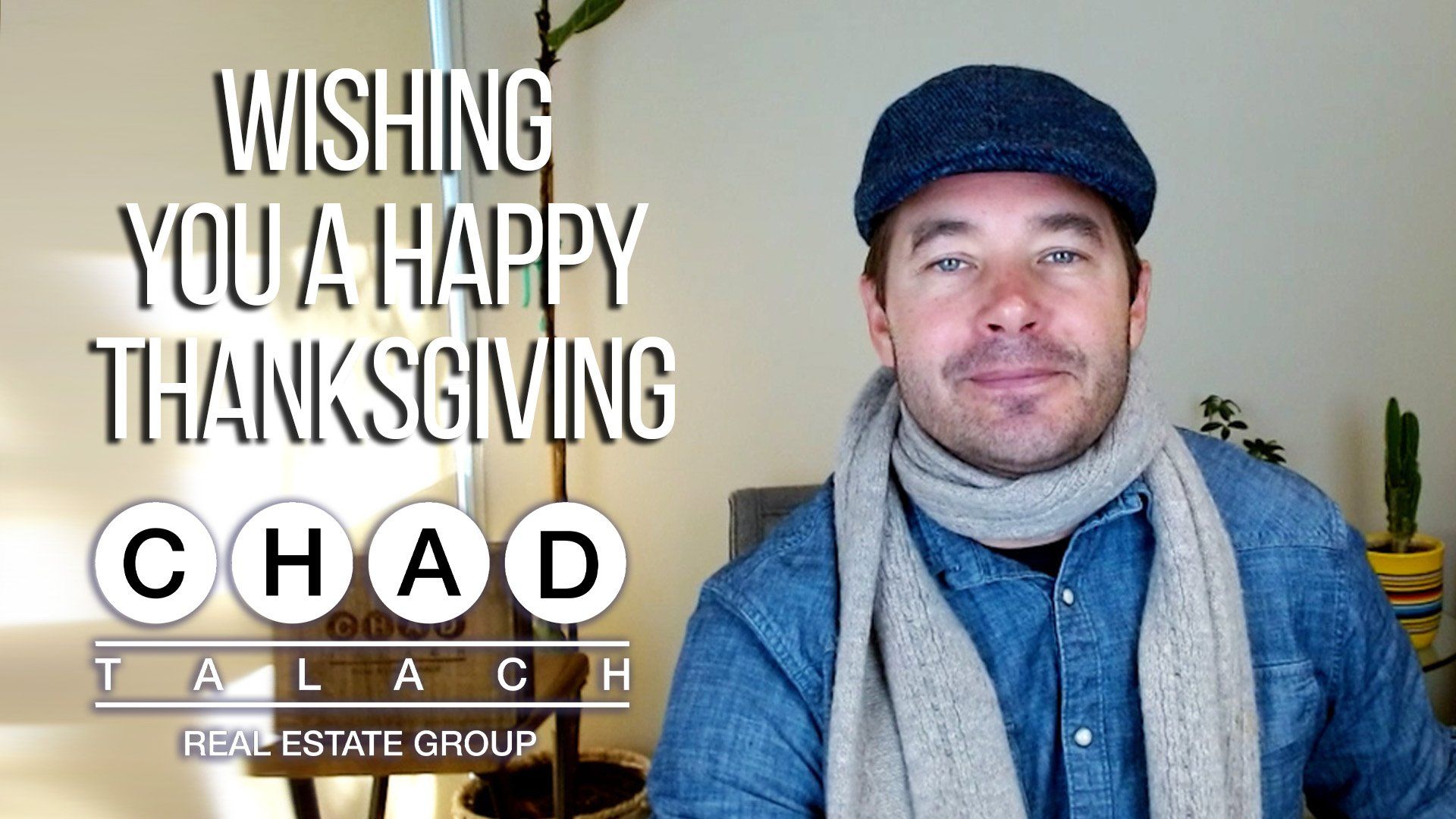How To Use a Home-Sale Contingency To Win
Here’s what happens when we have a homebuyer who needs to sell.
Using a home-sale contingency to find a replacement property is an underutilized strategy. It’s used when you need to sell your current home to buy a new one.
A lot of home sellers who are looking to buy need the funds from their sale to make their next purchase. If you’re in this situation, there are a few things you should know before starting the process.
First, know what you can buy up to without having to sell your current house. Talk to a lender and see if you can qualify for a second mortgage. If you can’t or you can’t qualify for a high enough amount, then we can lean towards adding a seller contingency in your contract to find a replacement property.
Here’s how the process works. We start by listing your home and getting it under contract. Then the buyer would start their 30-day escrow period. While they’re going through that period, we will be actively putting offers in on houses that are contingent on the sale of your old home.
“I like to negotiate a two-week rent-back agreement for my clients.”
In certain neighborhoods and times of the year, a contingent offer isn’t the strongest offer, but consider the fact that as the buyer of your current house moves along in the process, your offer gets stronger and stronger. It’s easier for us to sell you to the seller as a contingency buyer if your home is under contract and waiting to close. The house is essentially sold at this point, and we can relay this message to the seller.
When I utilize this strategy with my clients, I like to negotiate a two-week rent-back from the buyer. This gives you an additional 13 days to prepare your new home and start moving stuff in.
Next time, I’ll talk about the three other ways that you can sell and buy at the same time. If you have any questions about the seller contingency process or anything else related to real estate, don’t hesitate to reach out via phone or email. I look forward to hearing from you soon.












